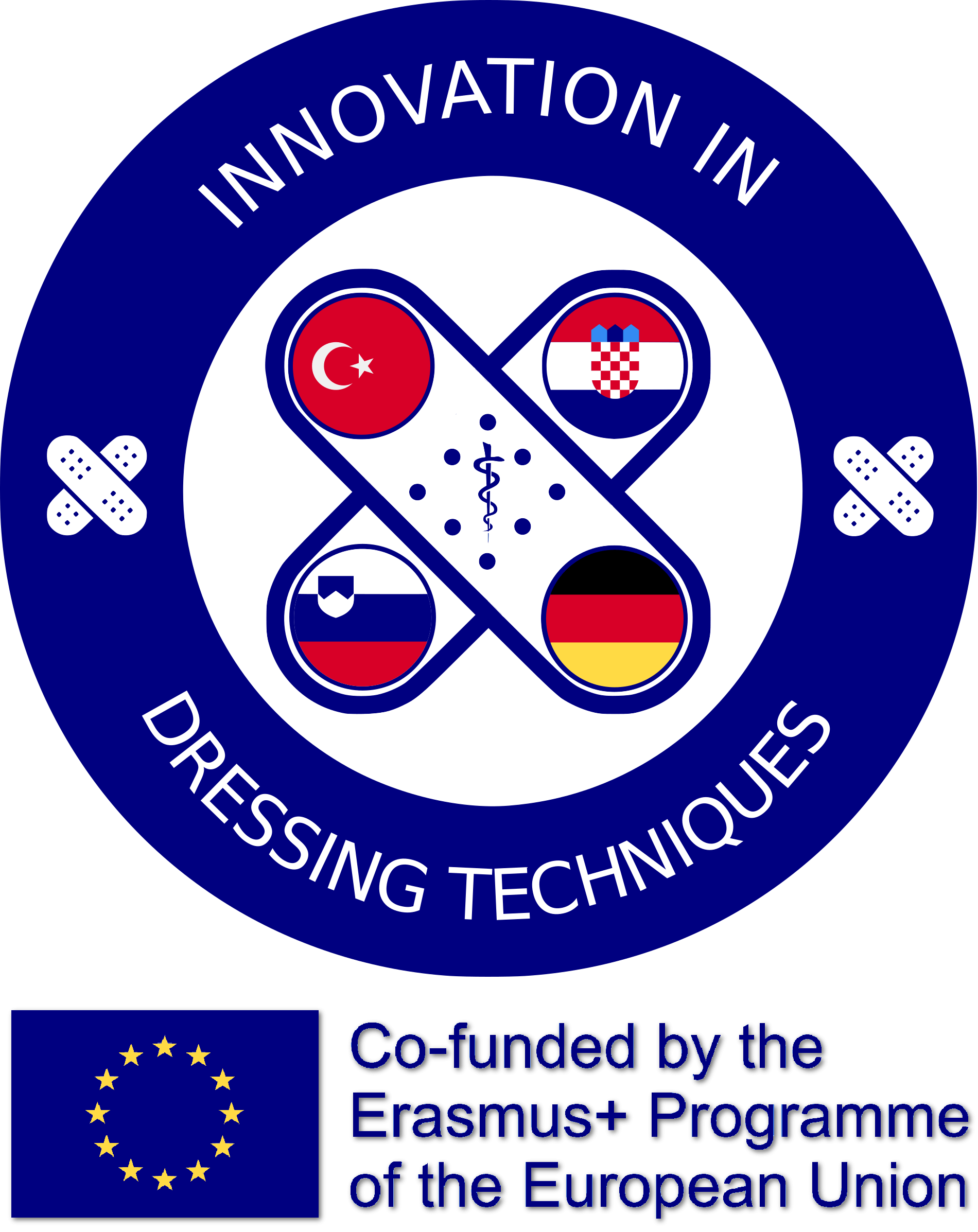In modern architectural design, effective humidity control plays a pivotal role in creating environments that prioritize comfort and health. By integrating advanced ventilation technologies, businesses can significantly enhance indoor air quality, providing occupants with a breathable atmosphere while minimizing energy costs. For those looking to improve air circulation methods, exploring various ventilation technologies reveals new possibilities.
Additionally, adopting innovative air management solutions contributes to substantial energy savings. By reusing exhausted air and mixing it with fresh outdoor air, establishments can reduce dependence on heating and cooling systems. This not only leads to decreased operational expenses but also diminishes maintenance requirements associated with traditional systems, allowing property managers to focus on core objectives.
How ERV Technology Optimizes Indoor Air Quality in Workspaces
Implementing advanced air exchange technology can significantly enhance indoor environments by ensuring a consistent fresh air supply. By utilizing heat and moisture from outgoing air, this innovative approach minimizes energy expenditure while optimizing indoor air quality. Facilities can expect notable improvements in worker satisfaction and productivity due to a healthier atmosphere.
Proper installation considerations remain paramount for achieving maximum performance. Seamless system integration with existing HVAC infrastructure allows for balanced ventilation and energy savings that benefit both the environment and operational costs. Furthermore, regular attention to maintenance requirements is vital for long-term efficiency, ensuring that filters and components perform optimally to manage humidity control effectively.
Cost Savings through Energy Efficiency in ERV Implementation
Chase the jackpot at https://buddykingplumbing.com/ and stand a chance to win big.
Investing in advanced air management solutions can lead to significant financial advantages. By incorporating innovative air exchange technologies, facilities can achieve remarkable reductions in utility expenses. With optimized humidity control and an efficient fresh air supply, organizations can maintain comfortable environments while minimizing energy consumption. For more information on how these systems function, check out resources available online.
Installation aspects also play a critical role in overall cost-effectiveness. Properly designed integration with existing infrastructure ensures smooth operation, reducing maintenance requirements over time. Enhanced indoor air quality not only benefits the workforce’s wellness and productivity but also decreases the risk of costly HVAC repairs. Choosing the right setup can foster greater occupant comfort, translating to long-term financial savings.
Comparing ERV Approaches to Traditional Ventilation Methods
In assessing various air circulation solutions, it’s crucial to differentiate between modern heat and moisture exchange approaches and traditional systems. While conventional setups supply fresh air through mechanical means, they often lack the capability to optimize energy conservation and humidity control. For a deeper look at the specifics, consider this detailed analysis of how innovative designs can enhance indoor environments.
Traditional ventilation often relies solely on mechanical air movers, which may lead to increased energy consumption and inconsistent air quality. Without the integration features of contemporary systems, these methods frequently struggle to maintain ideal humidity levels and may compromise occupant comfort. In contrast, the modern approaches can facilitate enhanced indoor air quality, making a significant difference in occupancy satisfaction.
- System integration: Newer methods combine both heating and cooling processes to ensure that incoming air is conditioned according to set parameters.
- Maintenance requirements: Traditional solutions typically demand more frequent upkeep due to their straightforward design, whereas innovative setups may require less intervention thanks to advanced technology.
- Fresh air supply: Approaches equipped with energy recovery capabilities effectively utilize exhaust air to condition incoming airflow, enhancing the quality of the indoor environment.
- Humidity control: Advanced systems are designed to manage moisture levels effectively, which can promote a healthier workspace atmosphere.
- Indoor air quality: By recycling energy from stale air, newer methods significantly improve the healthiness of the air that occupants breathe.
- Installation considerations: While traditional systems can often be simpler to install, modern methods may require careful planning to maximize their benefits, though the long-term gains often outweigh the initial complexities.
- Occupant comfort: Enhanced ventilation techniques not only improve air quality but also contribute to a more pleasant working environment, reducing complaints and boosting productivity.
Claim your free spins on https://buddykingplumbing.com/ and boost your winnings.
The transition from traditional to advanced methods reflects a broader commitment to sustainability and occupant satisfaction. Careful evaluation of distinct features allows facility managers to make informed decisions that align with both operational goals and employee wellbeing.
Impact of ERV Solutions on HVAC Maintenance and Longevity
Integrating air recovery technologies into HVAC frameworks significantly influences maintenance demands and overall durability. A well-designed setup not only simplifies upkeep but also enhances system efficiency. Regular interventions are less frequent due to improved filtration and humidity control capabilities, ensuring steady airflow and reliable operation, resulting in fewer breakdowns and prolonged equipment life. Facilities maintaining strong relationships with trusted plumbing and HVAC professionals, like those found at https://buddykingplumbing.com/, can benefit from tailored guidelines that boost system longevity.
One of the key advantages of these modern solutions lies in their ability to optimize the fresh air supply while managing existing humidity levels. This balance leads to a healthier indoor air quality, promoting occupant comfort and productivity. Additional installation considerations, such as appropriate duct sizing and system integration, also play crucial roles in maximizing performance. By investing in these technologies, businesses often experience a marked decrease in unexpected service costs, as well as enhanced overall efficiency of their heating and cooling devices.

